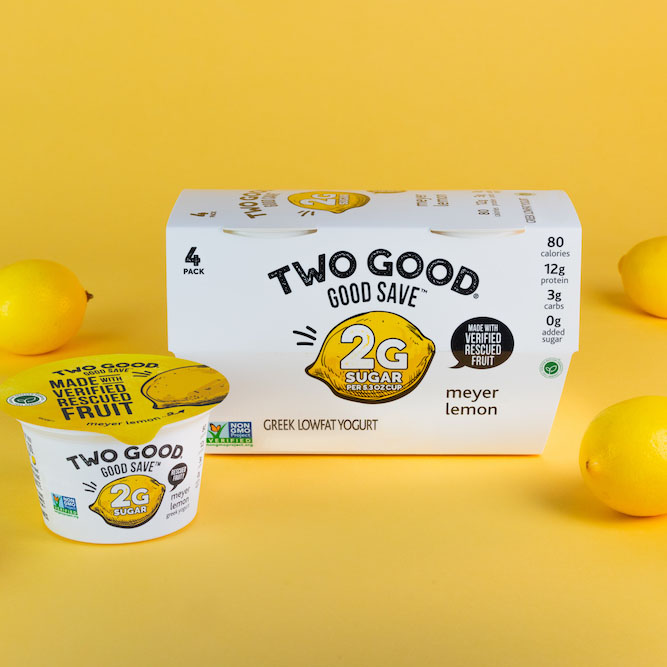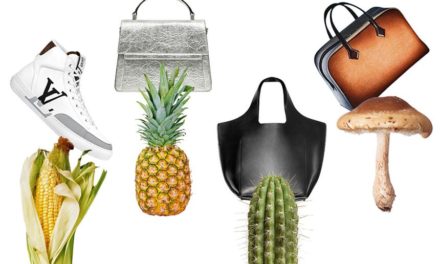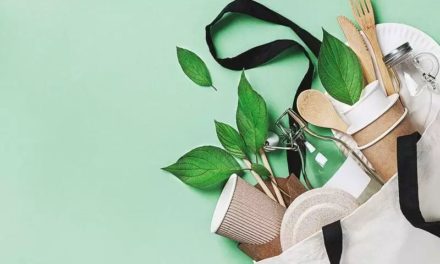Most of our readers live in the city and we know they are always looking for a way to eat more sustainably. The following are ways that you can not only sustainably buy food but also save money, an unexpected and unusual win when it comes to sustainability.
MisFits is a produce company that will sells boxes of misshaped vegetables and fruits which grocery stores normally reject and typically end up in landfills. The fruits are no different than the ones in stores – they just aren’t shaped in the way the fruit/vegetable look the prettiest. To get a box of MisFits produce delivered to your door every month, you just sign up for their membership. Although you don’t choose what exactly you’re going to get, you can be sure it will be a LARGE box of delicious fruits and vegetables you would normally buy anyway.

The app “Too Good to Waste” partners with many bakeries and other food stores that have delicious food that they make fresh every day. At the end of the day, when they are going to throw the food out, they log in the food they have available to the app, and the app alerts you that there are pastries near you that are available, that they are going to be thrown out, and that they will be sold for a significantly reduced price. If you live near a pastry shop and if they are not already on the app, you can encourage them to join and this is one way you can always have a large platter of pastries available for guests, for a surprisingly low price.

Companies like Vitamin and Lomi have made home food composters where you can put food scraps in and turn them into compost within four hours, which you can then use for your plants or perhaps donate to the local city garden. Not only do the scraps not end up in landfills, but plants outside can grow and thrive. It is a win-win for sustainability.

Sometimes being sustainable can be frustratingly expensive – but, when it comes to food, being sustainable can actually cost less! It really is a win for everyone – people, animals, plants, and the environment.
Edited by Wynter Aiken











